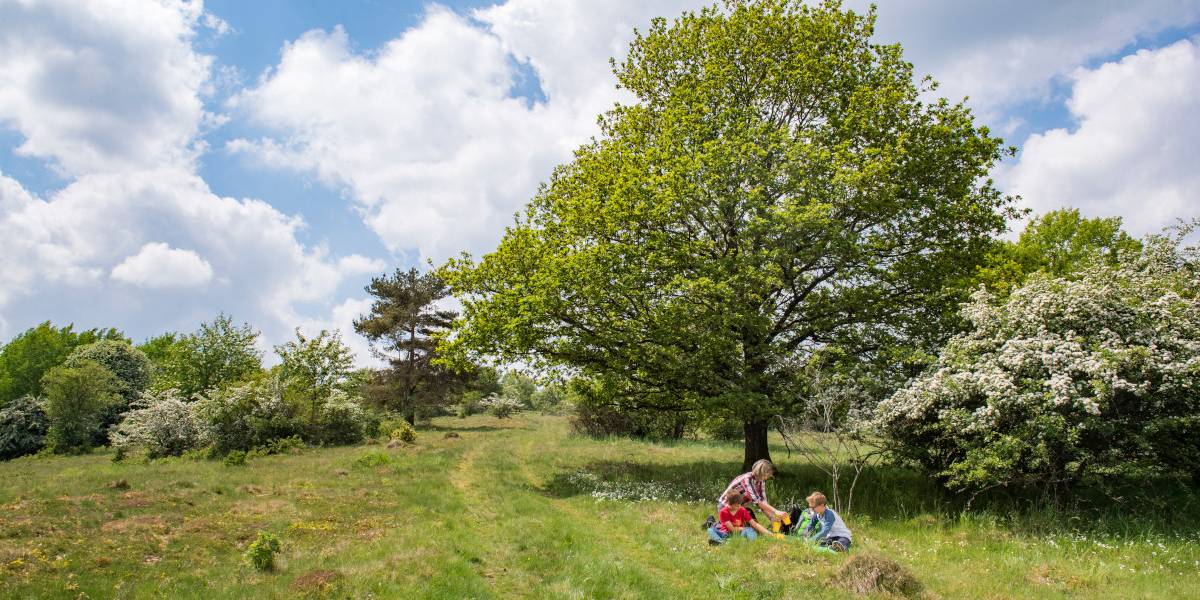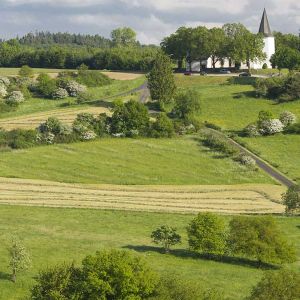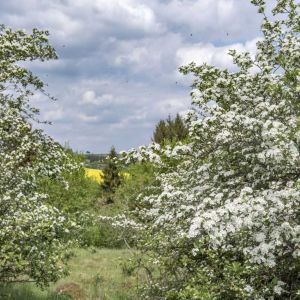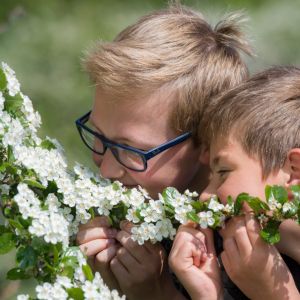In many locations, hedges and field shrubs constitute distinctive features of the Eifel cultural landscape. They are often found on topographically distinctive and agriculturally challenging terrain, such as slope edges, embankments or piles of stones.
They often consist of prickly sloe and hawthorn bushes, but also other native fruit bushes such as hazelnuts, blackberries, elderberries and raspberries and trees such as field maples, English oaks, bird cherries and rowan ash. For many wild animal species, they are important networking structures, food sources, ecological niches and stepping stone biotopes.
In addition to typical bird species such as red-backed shrikes and yellowhammers, they can be a nesting place for up to 30 bird species. Birds of prey and spiders use them as a perch, while weasels, stoats, hares and hedgehogs use them as refuges when the adjacent agricultural areas are being cultivated.
Helpful in every respect
They “simulate” forest edges and protect against wind and erosion. They help farmers against field mouse pests (stoat), for pollination in fruit growing (wild bees and bumblebees), to limit animal pests (birds) and to catch floating weed seeds. Last but not least, they structure the landscape, illustrate its relief, change in shape and color over the course of the year and offer the viewer an independent aesthetic.







